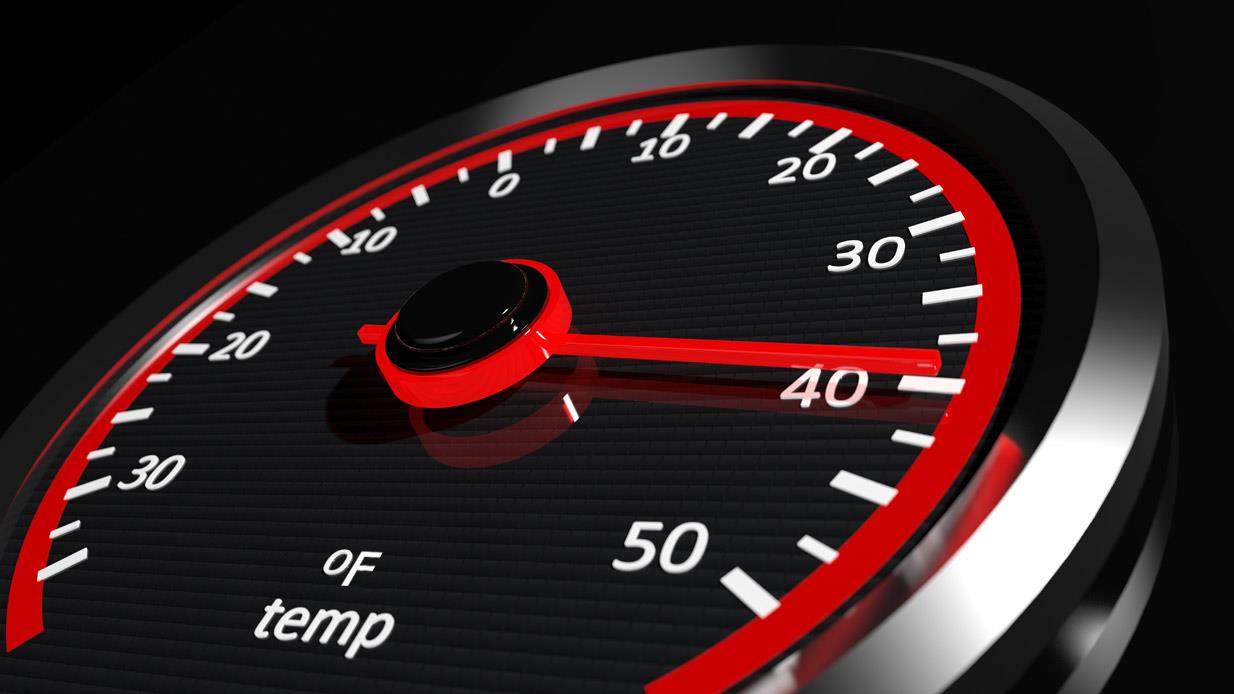2 Ways to Solve Overheating Issues

"We have a hydraulic brick manufacturing machine that has been operating at our plant for a month. The hydraulic pump continues to overheat even though we have a heat exchanger. What could be the cause of this, and what would be your suggestions to fix the problem?"
There are two ways to solve overheating issues with hydraulic units: decrease the heat load or increase the heat dissipation. Inefficiencies due to the pump, valves, pressure drops and actuators all contribute to the system’s heat load. The more inefficiencies caused by extended pipes, wrong fluids and work time all increase the heat transferred to the oil. If the heat exchanger isn’t sufficient to remove this heat, a rise in oil temperature will occur.
With hydraulic machines, the upper oil temperature range should not exceed 160 to 180 degrees F. One of the major concerns is the oil viscosity falling out of specification when approaching these upper temperatures. Once the upper limit has been reached, the viscosity may not be sufficient to protect your machine components. Fortunately, there are specialized fluids on the market to help with units that constantly operate at higher temperatures.
You must also consider whether the machine’s seals can withstand elevated temperatures. Keep in mind that at 180 degrees F, a mineral oil will start to degrade rapidly. By calculating the system’s heat load and knowing the cooling capacity, you can determine if the system is stable or unstable. An unstable system is one that generates more heat than the cooling system can dissipate. If the system is unstable, you must decide what can be done to remedy the problem.
As mentioned, decreasing the heat load is one option, but this isn’t always possible. The other option is to increase cooling. This can be accomplished in several ways, such as purchasing larger heat exchangers or inspecting the current heat exchanger to ensure it is functioning correctly. Also, check the cooling water temperatures in and out of the heat exchanger as oil enters and exits. This may reveal any heat dissipation issues with the exchanger or the cooling water.
Finally, check the oil level in the tank. Oil picks up heat as it travels through the system and brings this heat back to the tank to be released. If the oil level is too low, the oil will not have time to release the heat properly, and it will continue to build.



_extra_large.jpeg)

